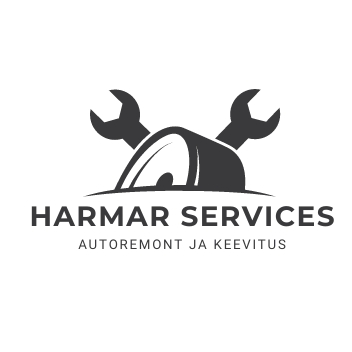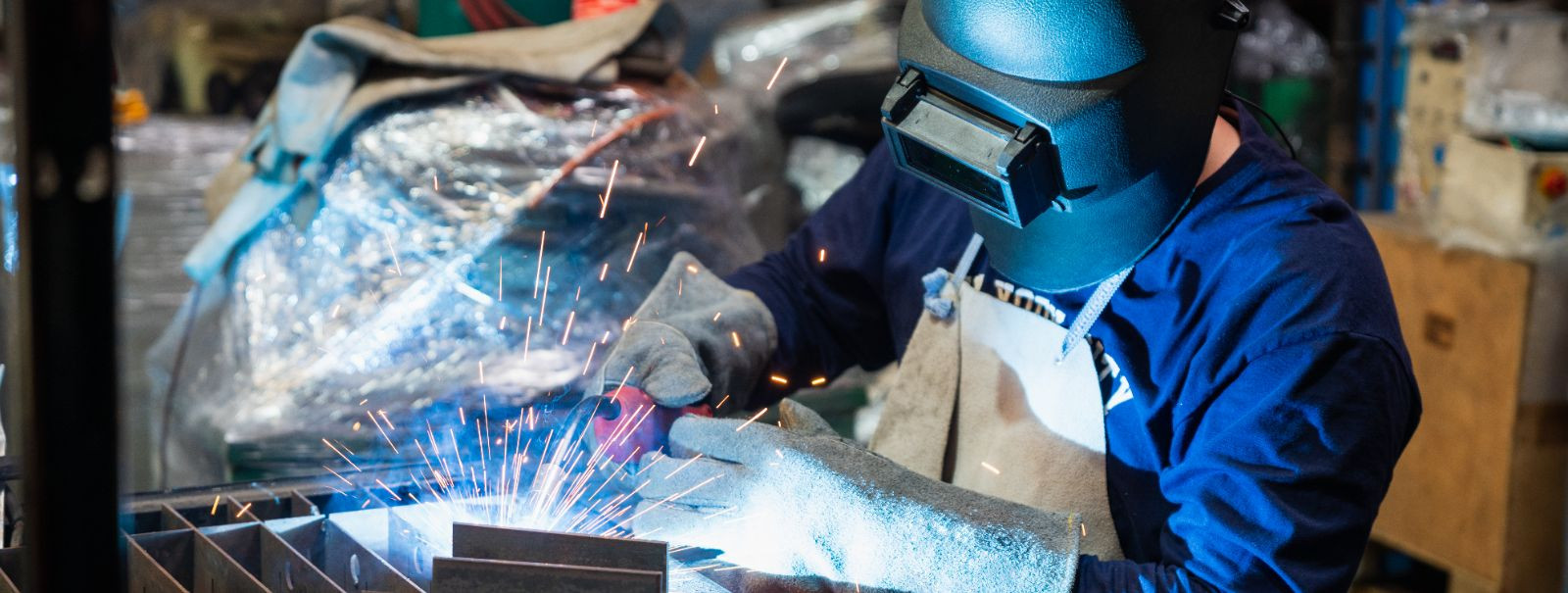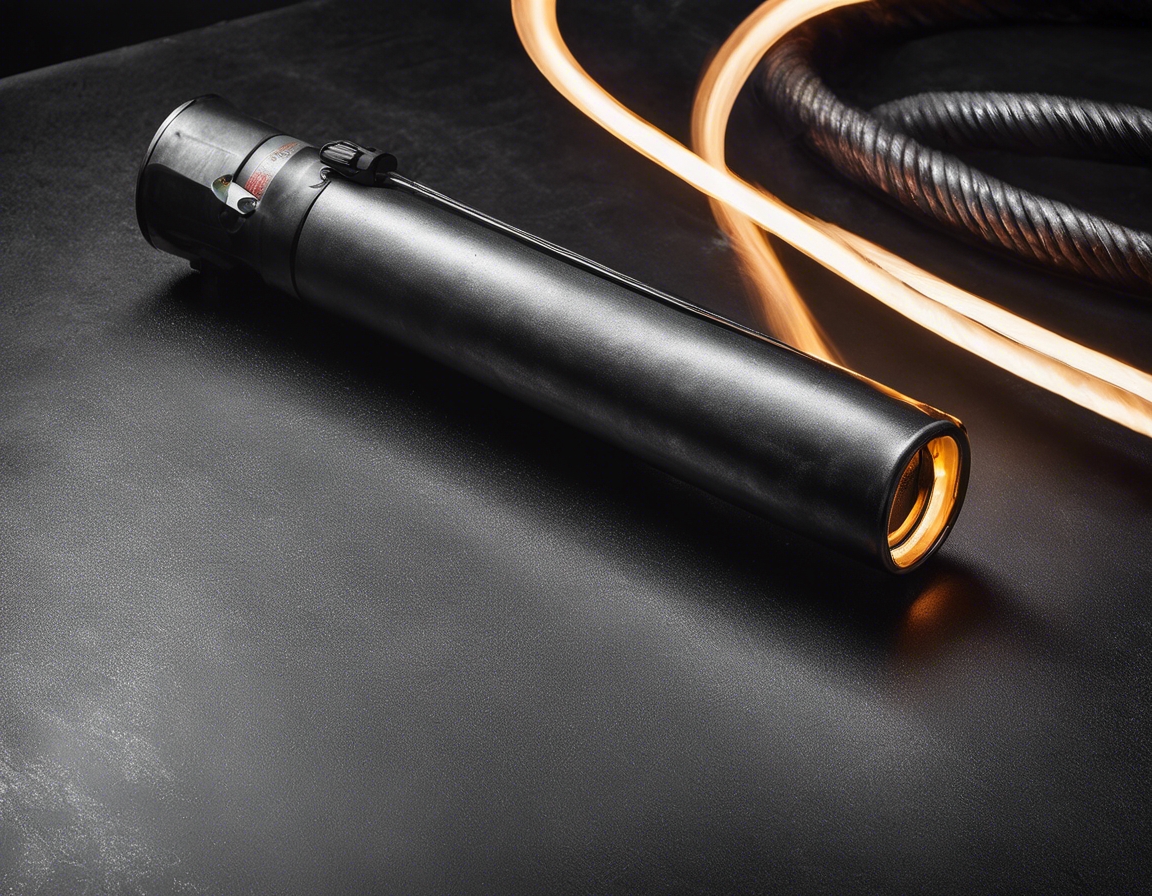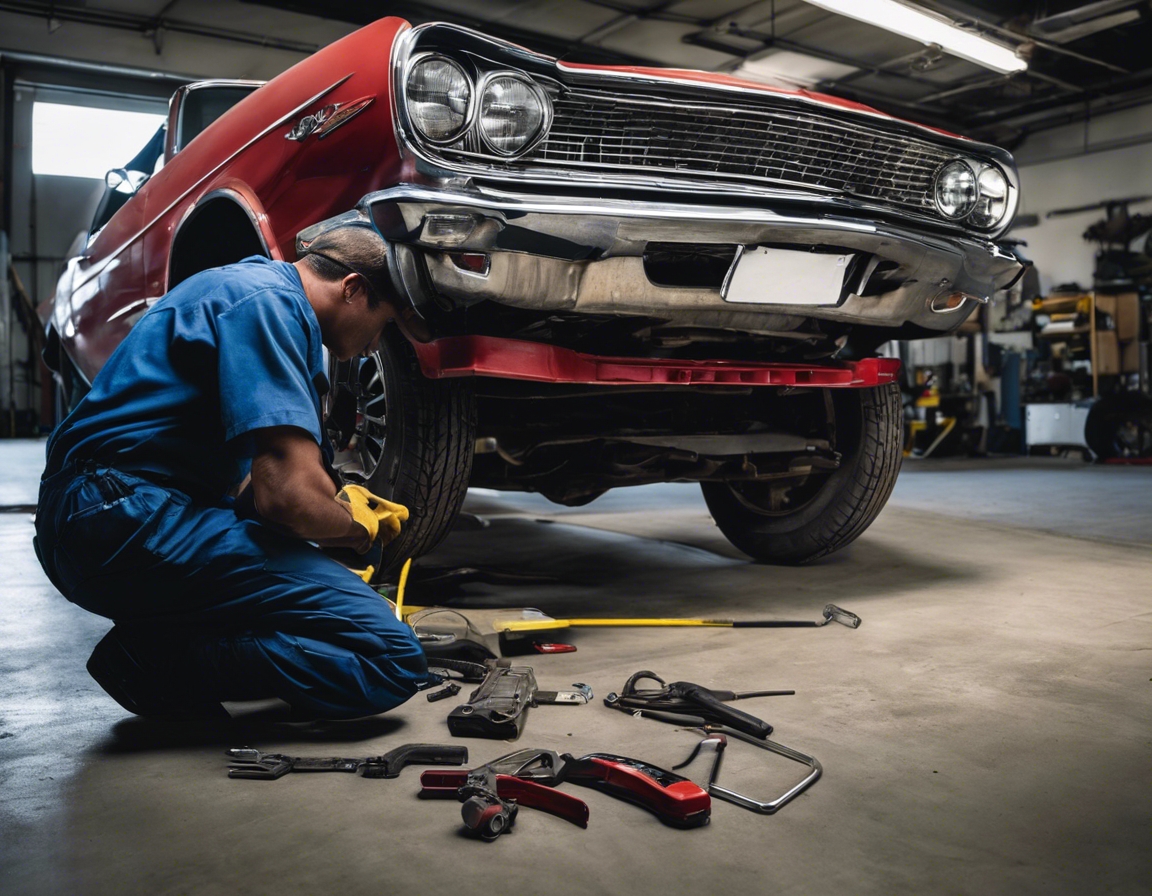The ultimate guide to mig/mag welding techniques
Metal Inert Gas (MIG) and Metal Active Gas (MAG) welding are two of the most popular welding processes used today. They are both forms of Gas Metal Arc Welding (GMAW) that utilize a continuously fed wire electrode and a shielding gas to create strong, high-quality welds. While MIG uses an inert gas such as argon, MAG typically uses an active gas like carbon dioxide or a mixture that can react with the metal being welded.
MIG/MAG welding offers numerous benefits, including ease of use, versatility, and efficiency. It's suitable for a wide range of materials and thicknesses, making it a go-to choice for automotive repairs and industrial applications.
Essential Equipment for MIG/MAG Welding
At the core of MIG/MAG welding is the welding machine, which provides the power supply and controls the feed rate of the welding wire.
The welding gun is the tool that the welder uses to direct the wire and shielding gas to the weld joint. Consumables include the wire electrode, contact tips, and shielding gas.
Welders must use protective gear such as helmets, gloves, and aprons to safeguard against heat, sparks, and ultraviolet radiation.
Preparing for MIG/MAG Welding
Proper material preparation is crucial for a successful weld. This includes cleaning the metal surfaces and ensuring good electrical conductivity.
Setting up the welding machine involves selecting the correct voltage, wire feed speed, and shielding gas flow rate.
Before starting to weld, it's important to check all safety equipment and ensure the work area is secure.
MIG/MAG Welding Techniques
There are several basic techniques that welders must master, such as the push and pull methods, to create consistent, high-quality welds.
Advanced techniques, such as weaving or pulse welding, can be used to overcome challenges like welding out of position or dealing with thicker materials.
Common issues such as porosity, spatter, and warping can often be resolved by adjusting the welding parameters or technique.
Optimizing MIG/MAG Welding Performance
Selecting the appropriate wire and gas for the job is essential for achieving the best results.
Regular calibration and maintenance of the welding machine are vital to ensure consistent performance and longevity.
Welding in various positions requires different techniques and settings to accommodate for gravity and accessibility.






Comments (0)